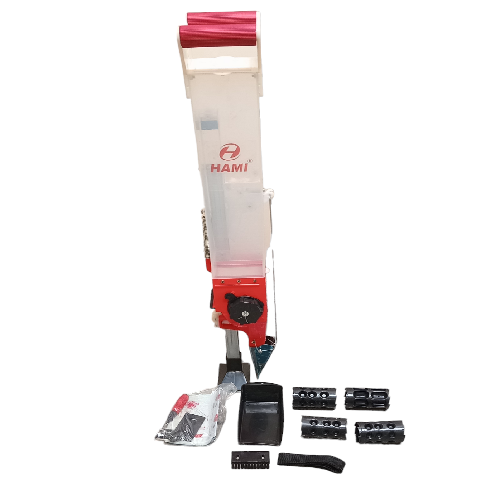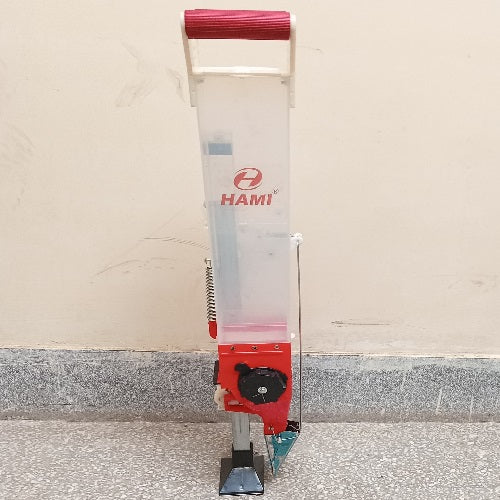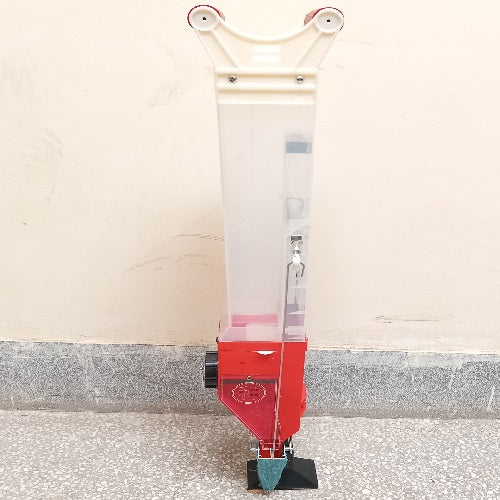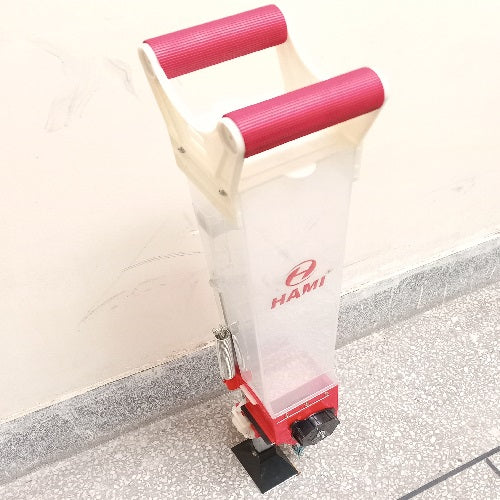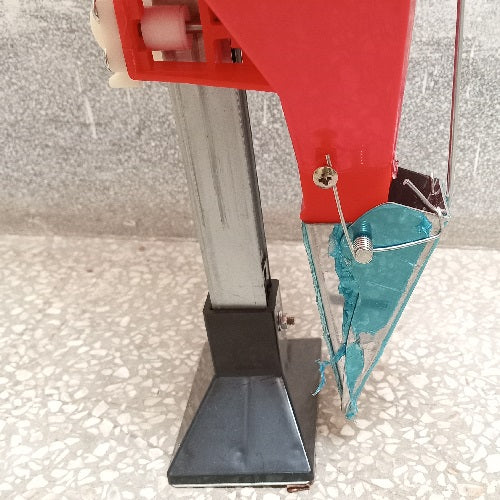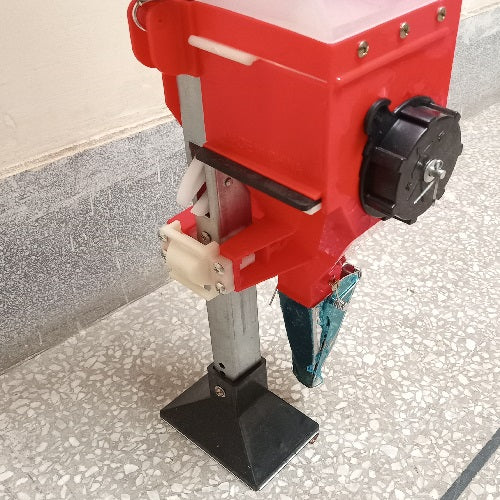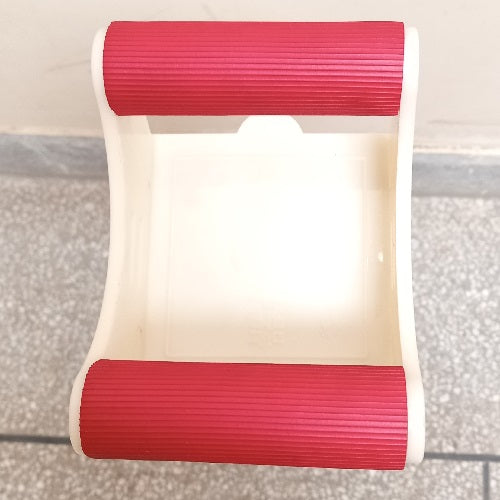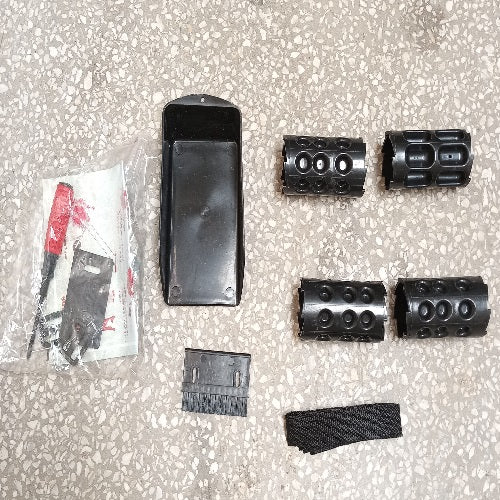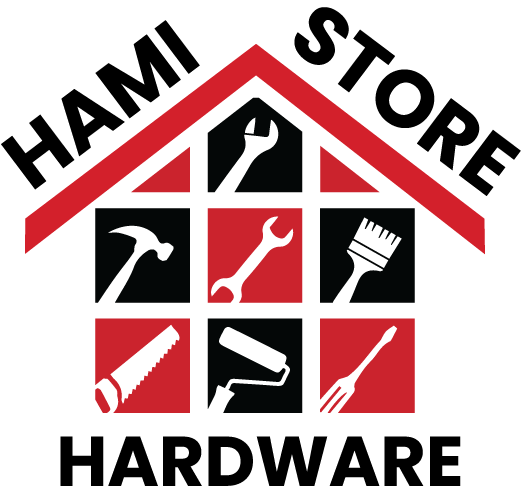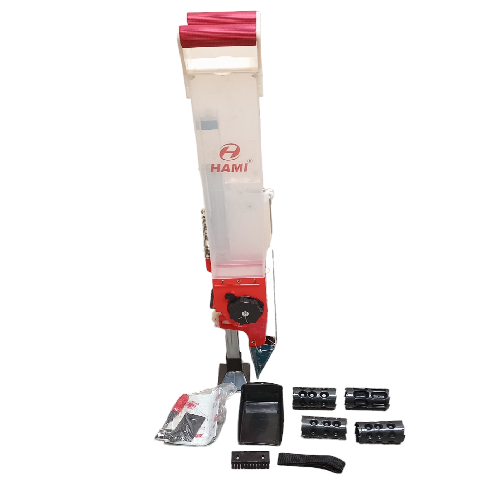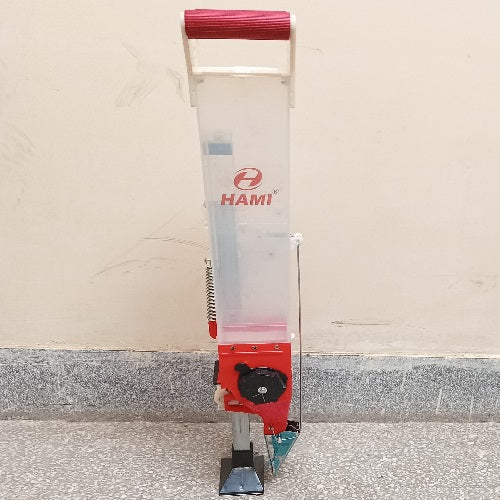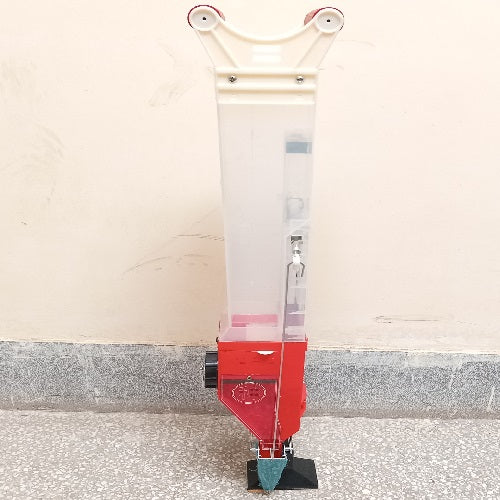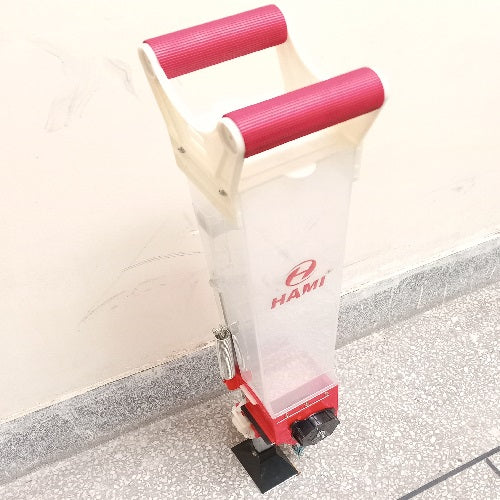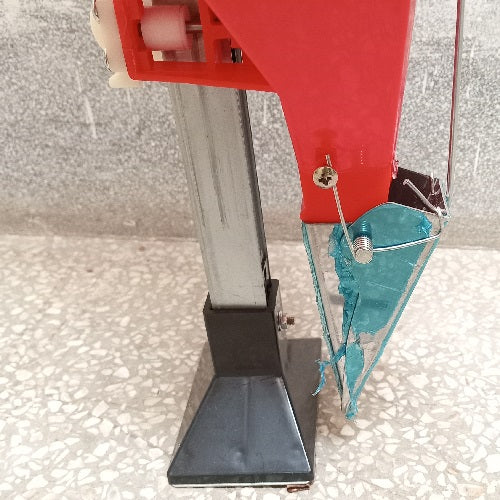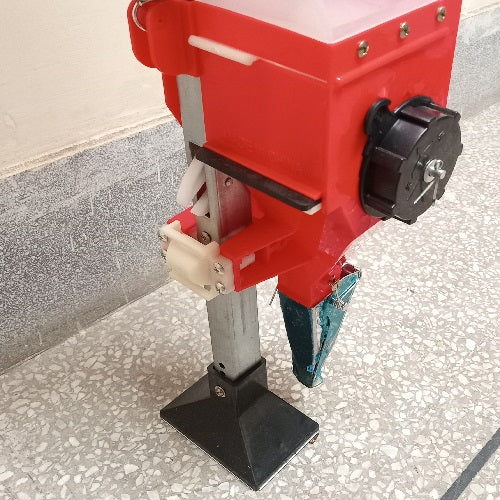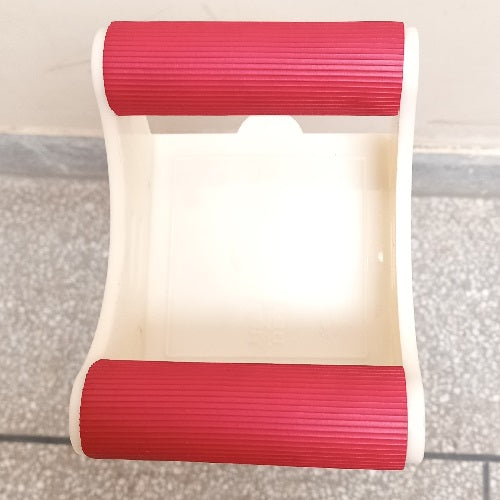Hami Hardware Store
Seeder Single
Seeder Single
Couldn't load pickup availability
A manual hand push seeder is a gardening tool designed to efficiently plant seeds in a garden or agricultural field. It is a simple and lightweight device that allows users to sow seeds by manually pushing the seeder across the soil. Here are the basic components and steps to use a manual hand push seeder:
Components:
-
Seed Hopper: The seed hopper is where you place the seeds before planting. It usually has an adjustable mechanism to control the rate at which seeds are dispensed.
-
Seed Plate/Dispenser: This is a part of the seeder responsible for releasing seeds into the soil. The size of the openings in the seed plate determines the spacing between seeds.
-
Handle: The handle allows you to push the seeder forward as you walk along the planting area.
-
Depth Adjuster: Some seeders have a depth adjustment feature that allows you to control how deep the seeds are planted.
Steps to Use:
-
Fill the Seed Hopper: Open the seed hopper and fill it with the desired seeds. Make sure to choose the appropriate seed plate for the type and size of seeds you are planting.
-
Adjust Seed Rate: Use the adjustable mechanism on the seed hopper to set the desired seed rate. This controls how many seeds are released with each pass.
-
Adjust Depth (if applicable): If your seeder has a depth adjustment feature, set the desired planting depth. This is important for optimal seed germination.
-
Start Pushing: Grip the handle of the seeder and start walking along the planting area, pushing the seeder ahead of you.
-
Maintain Consistent Pace: Keep a steady and consistent pace to ensure even seed distribution. The speed at which you walk can affect the spacing between seeds.
-
Monitor Seed Placement: Occasionally check the seed placement to ensure that the seeds are being planted at the correct depth and spacing.
-
Refill as Needed: If the seed hopper runs out of seeds, stop and refill it as needed.
Using a manual hand push seeder is a straightforward process, but it may take some practice to achieve optimal results in terms of seed spacing and depth. It's a cost-effective and efficient tool for small to medium-sized planting areas.
Share
